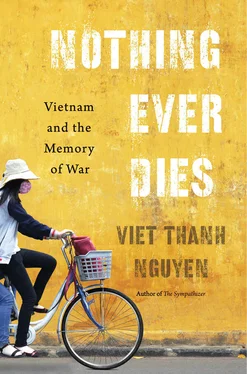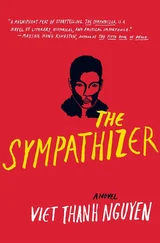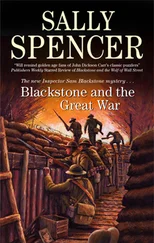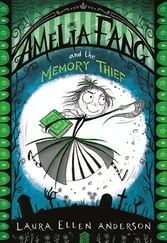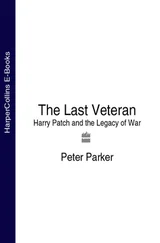For those who call the tunnels home, the experience is not necessarily inhuman or subhuman. Tunnel life becomes heroic in memory for both soldiers and civilians. The Vinh Moc tunnels near the demilitarized zone celebrates the endurance of the local civilians who hid there and rebuilt their lives underground, complete with schools and exits to the nearby beach. The most famous of the tunnel networks, at Cu Chi, two hours from Saigon by bus, were built for war and had armories and command bunkers. In the war’s aftermath, they, as well as the Vinh Moc tunnels, have become tourist attractions for both locals and foreigners. On my first visit to Cu Chi, I traveled with a popular company whose tour guide gave a rousing rendition of the heroic revolutionary struggle of the tunnel fighters. “We were victorious!” he proclaimed on the bus, fist pumping in the air. (During a rest stop, he lit a cigarette, ordered a coffee, and told me that he was a helicopter pilot for the southern army who trained in Texas). At Cu Chi, gunfire echoed through the groves above the tunnels. At a nearby shooting range, tourists were firing weapons from the war at a dollar a bullet. Another guide in green fatigues led our tour group of mostly Westerners and some locals to a spider hole from where the guerillas had once emerged to ambush Americans. One of the American tourists actually fit into the hole. Perhaps it had been widened for the American butt, like the tunnels, which, our tour guide said, had been both widened and heightened for visiting foreigners. The foreigners laughed. When the guide invited us to descend into a tunnel, the locals, although they did not laugh, declined. Only the Westerners eased down into the dank, steamy recesses, where all that could be seen were earthen walls and the sweaty buttocks of the tourist in front of you.
Crouched in that hot tunnel, amused by the experience but annoyed by the heat, I did not appreciate that the soldiers who fought here crawled in a much more claustrophobic space, without the benefit of the light bulbs illuminating my way. The earth was musty but the reek of terror had been ventilated, the darkness dispelled, the boredom forgotten. And to what end? “They shout that they want to shape a better future, but it’s not true,” Milan Kundera says of those in power. “The future is only an indifferent void no one cares about but the past is filled with life, and its countenance is irritating, repellent, wounding, to the point that we want to destroy it or repaint it. We want to be masters of the future only for the power to change the past. We fight for access to the labs where we can retouch photos and rewrite biographies and history.” 8In the present case, the retouched tunnels lead toward a future — there really is a light at the end, when one emerges into fresh air — and close off the past, for one cannot feel the ghosts, chased off by the electrical lighting and the curious tourists. The industry of memory’s labs dispel the ghosts of the past or tame them, as the black wall in that other nation’s white capital arguably does. The more powerful the industry of memory, the more capacity it has to amplify light and chase away shadows, to foreground the human face of the ghost and forget its inhuman face. The smaller industries of memory will try to do the same, for the weaker will also try to be more powerful than someone else, even if it is only the dead.
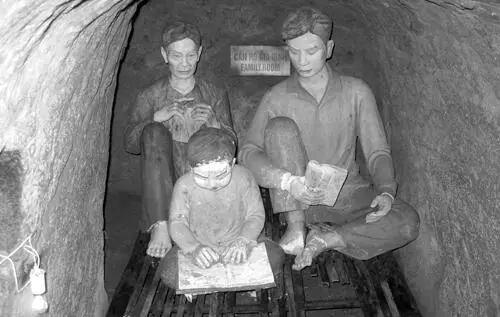
And yet … against the industrial memories of the great and small powers, something survives. The reason Dang Nhat Minh made his movie was that Dang Thuy Tram’s words lived in spite of the American bullet that killed her. The South Vietnamese soldier who first read her diary told his American superior, “Don’t burn it. It’s already on fire.” Every writer wants to write the book that cannot be burned, the book that is a palimpsest underneath which can be seen the shadow of a ghost. Or take the case of North Vietnamese photographer The Dinh, whose picture concludes the book Requiem , edited by Horst Faas and Tim Page to commemorate the photographers of all sides killed in the war. A howitzer intrudes on the left and points toward a jumble of crates and equipment. The barrel of the howitzer is parallel to a dead soldier, his body difficult to distinguish from the ruins, his face hidden or destroyed, one of his legs bent at the knee while the other is partially buried in the dirt. The fabric of his pants is darker than the fabric of the rest of his uniform. Over the landscape The Dinh’s shadow hovers. On the back of the only torn print of the photograph is this pencil-written obituary: “The Dinh was killed.” 9
As Roland Barthes and Susan Sontag have observed, photographs are recordings of the dead — not the actual dead, in most cases, but the living who will eventually be dead, and who are dead for many of the photograph’s viewers. The Dinh’s photograph is haunting because it fulfills the fatal prophecy found in the photographic genre, and because it foreshadows fatality through the self-portrait of the shadow, grafted into a picture with the obscured body of the dead. During wartime, photography’s mortal power is realized most graphically because it deals with the dead and because its artists risk death. He was only one of the 135 photographers on all sides killed during the war. Requiem acknowledges that although seventy-two of the dead photographers were North Vietnamese, it is mostly the photographs of the Western and Japanese photographers that survive. The inequities of industrial memory are evident in both death and art. Westerners and Japanese could airlift their film to labs on the same day it was shot, but the film of the North Vietnamese photographers was often lost along with their lives. In The Dinh’s case, this self-portrait of a shadow, this premonition of his own ghost, is his only surviving work. The ghostly absence of the Asian photographers is even more visible in their biographies, one of the most poignant sections of the book. While substantial obituaries are devoted to the Western photographers, the words given to the South Vietnamese, North Vietnamese, and especially the twenty Cambodian photographers are so brief they often amount to no more than epitaphs. One Cambodian named Leng is not unusual in having no birth or death date, his entire career described thus: “A freelancer with AP, Leng left no trace.” 10

Except for the trace of his absence. One encounters the haunting absence again in a window looking down on a stairway of the Vietnamese Women’s Museum of Hanoi. In the tinted glass stands a blank space in the shape of a woman from a famous photograph, Nguyen Thi Hien, nineteen years old. The militia fighter walks away from Mai Nam’s camera, looking over a shoulder on which is slung a rifle, her hair under a conical hat. The photograph became an emblem in the world imagination of 1966 for how “even the women must fight.” But in the museum, her photo, marked by her presence, has become an absence in the form of the blank space. That absence inadvertently symbolizes how the Vietnamese Women’s Museum, crowded with words and images of the heroic lives of Vietnamese women, cannot help but be a reminder of how that heroism is far in the past. The girl in the photograph has vanished, as has the revolution itself, now only a memory, a cutout, an empty tracing in a communist state running a capitalist economy. The museum proves what Paul Ricoeur argues, that memory is presence that evokes absence. While a memory is present in our minds, it inevitably points to what is no longer there but in the past. 11Industries of memory seek to turn this absent presence of memory, always and forever elusive, ghostly, invisible, and shadowy, into what one could call the present absence of characters, stories, movies, monuments, memorials. These icons assume the comforting stability of flesh, stone, metal, and image, animated by our knowledge of the absence toward which their comforting presence gestures.
Читать дальше
